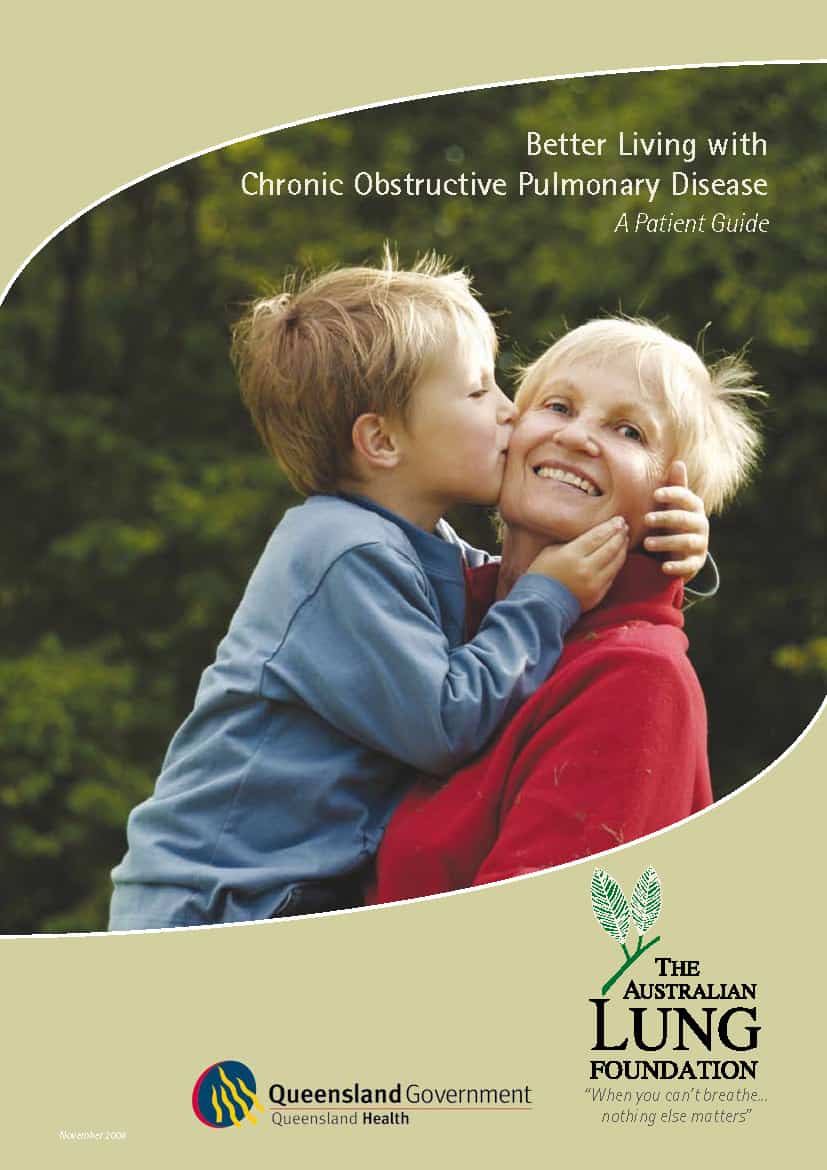Australians associate working in hot conditions as outside work although the occupational hazard of heat is just as relevant in bakeries and foundries. OHS regulators and safety lobbyists often try to include too much in their heat-related strategies – heat stress, skin cancer, hydration, dust, and a range of other hazard combinations related to specific industries.
What the community and many workers want is a defined unsafe temperature limit. Some will remember being allowed to take their school ties off when the temperature reached 38 degrees Celsius (100 degrees Fahrenheit). But OHS legislation, more often than note, focuses on the system of work and this allows for work in excessive temperatures as long as the system can ensure this is safe.
Legislatively, this position is understandable but it is not what people want or expect.
The issue was raised recently at the Trade Union Congress in September 2009 in England in a discussion on working temperatures. Pauline Nazir, representing the Bakers, Food and Allied Workers’ Union, said
“The question is why there is no maximum temperature and why has the Health and Safety Executive and the Government have consistently dodged calls for similar protection for those who work at the higher levels of temperature? It is a big question for a big organisation, but one that the Health and Safety Executive has failed to answer logically despite years of pressure. While they have failed to act, workers suffer the consequences, year in and year out.
It seems illogical that we have regulations that limit the temperatures at which cows and pigs can be transported around the country, but offers no protection other than the general health and safety legislative offerings. It is true that if you move livestock in Britain, there is a maximum level of 35 degrees Centigrade within the carrier, but poor old human beings can regularly carry out physical and strenuous work at temperatures that far exceed these levels. Why have we failed to get the Health and Safety Executive to act?”
 The variety of factors contributing to excessive heat at work is probably the reason for lack of progress on the hazard. There are many organisations advocating prevention of harm from working in heat but they all have their own funding models, costs, agendas and “sub”hazards. Nazir’s call for the Health & Safety Executive to do something sounds unfair but the common activity she is referring to is working in heat so it is not unreasonable to expect an OHS regulator to coordinate resource and, perhaps, research.
The variety of factors contributing to excessive heat at work is probably the reason for lack of progress on the hazard. There are many organisations advocating prevention of harm from working in heat but they all have their own funding models, costs, agendas and “sub”hazards. Nazir’s call for the Health & Safety Executive to do something sounds unfair but the common activity she is referring to is working in heat so it is not unreasonable to expect an OHS regulator to coordinate resource and, perhaps, research.
Coordinated safety action is expected of business operators to ensure these hazards are controlled but that operator would need to read up to a dozen brochures, codes, guidances or policy statements to get close to achieving a situation that employees would consider safe.
It may never be appropriate for an OHS regulator to state a defined (un)safe temperature (the hygienists would argue safe working conditions) but what can be achieved is guidance that pulls together the multiple hazards and control measures so that achieving a safe workplace is as easy as can be.
WorkSafe Victoria has started along this path with a (thin) guidance and more generic terms of discomfort and illness but there is a need for a much more comprehensive guide.
UPDATE: 9 October 2009
A reader has pointed out a podcast by the Canadian Centre for Occupational Health and Safety from the July 2009 that explains some of the justification for not issuing a specific working in heat benchmark.

